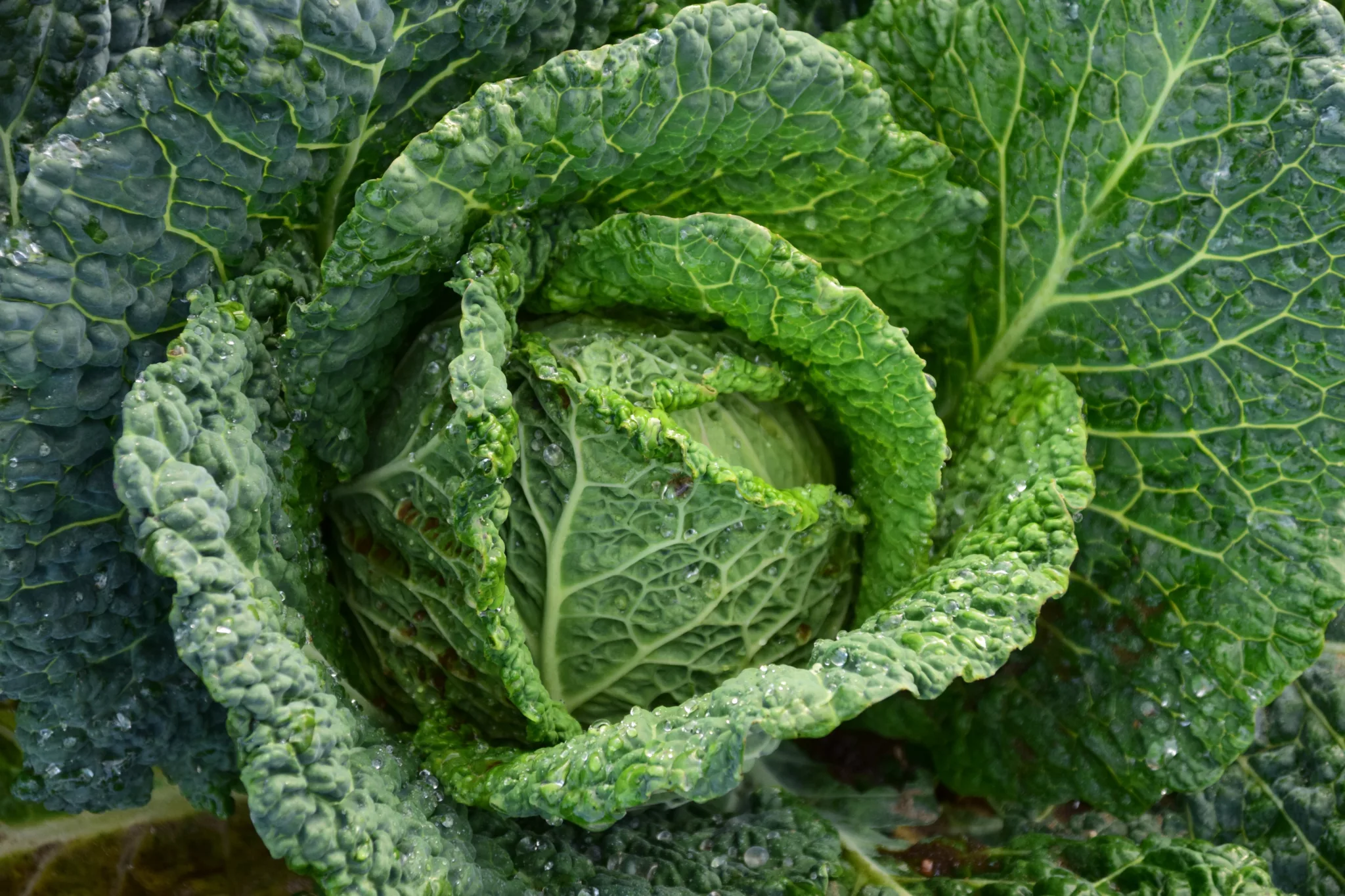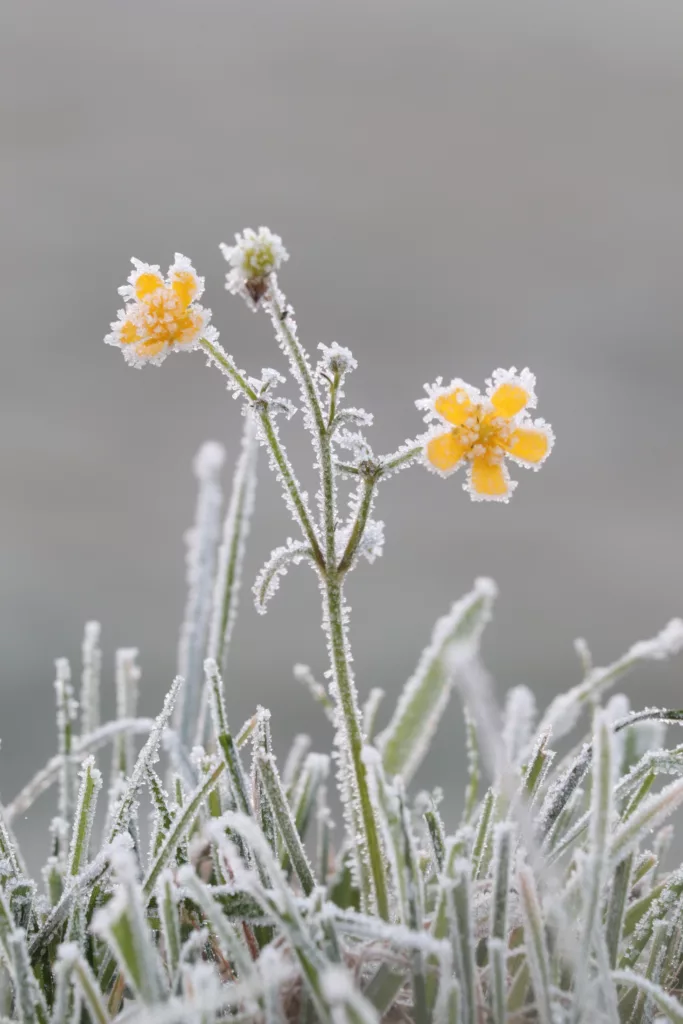Brassica oleracea
History:
The cabbage we plant today originated from a wild perennial that can still be found along the coasts of England today. Cato, a Roman citizen, described different kinds of cabbages and kales as early as 200 B.C. In addition, Chinese cabbages and mustards are found in literature and artwork that predates Christ by multiple centuries.
Seeding:
Seed indoors in mid January for a spring harvest and late July or by early August for a fall/winter harvest. Seed ½ inch or so deep. Germination usually occurs in 5-10 days. Begin hardening off roughly 10-14 days before transplanting outside. Transplant outside in September once 2-4 true leaves have appeared. In the spring, choose seedlings that are less developed to prevent bolting during the colder nights.
Spacing:
20” – 24”
Cultivation:
Cabbage likes full sun and also likes soil with sufficient nitrogen. Mulching with autumn leaves, planting a leguminous green manure the summer before, or fertilizing with alfalfa meal will help accomplish optimum nitrogen levels. It is frost tolerant but a heavy frost will burn the outer leaves. If temperatures go below freezing, care should be taken to cover the plants.
Pests:
The cabbage worm, which is the larva of the beautiful White Cabbage Butterfly, is a pest that is very common. I watch closely and mechanically control the pests by picking them off as I see them. One way you will notice their presence is by seeing the waste they leave behind. It is green and clumpy. That is a sure sign you have cabbage worms. Due to their color, they can be difficult to see. Look underneath leaves and along the stems. Another way to control these worms is using a bacterial pathogen, Bacillus thuringiensis. This is a control method that is safe and offers excellent control of the worm. It is sold under several brand names.
Harvest:
Cabbage is usually ready for harvest by early summer and late December. We often let ours stay in the ground throughout the winter and harvest as we are ready. Cool quickly after harvest.


